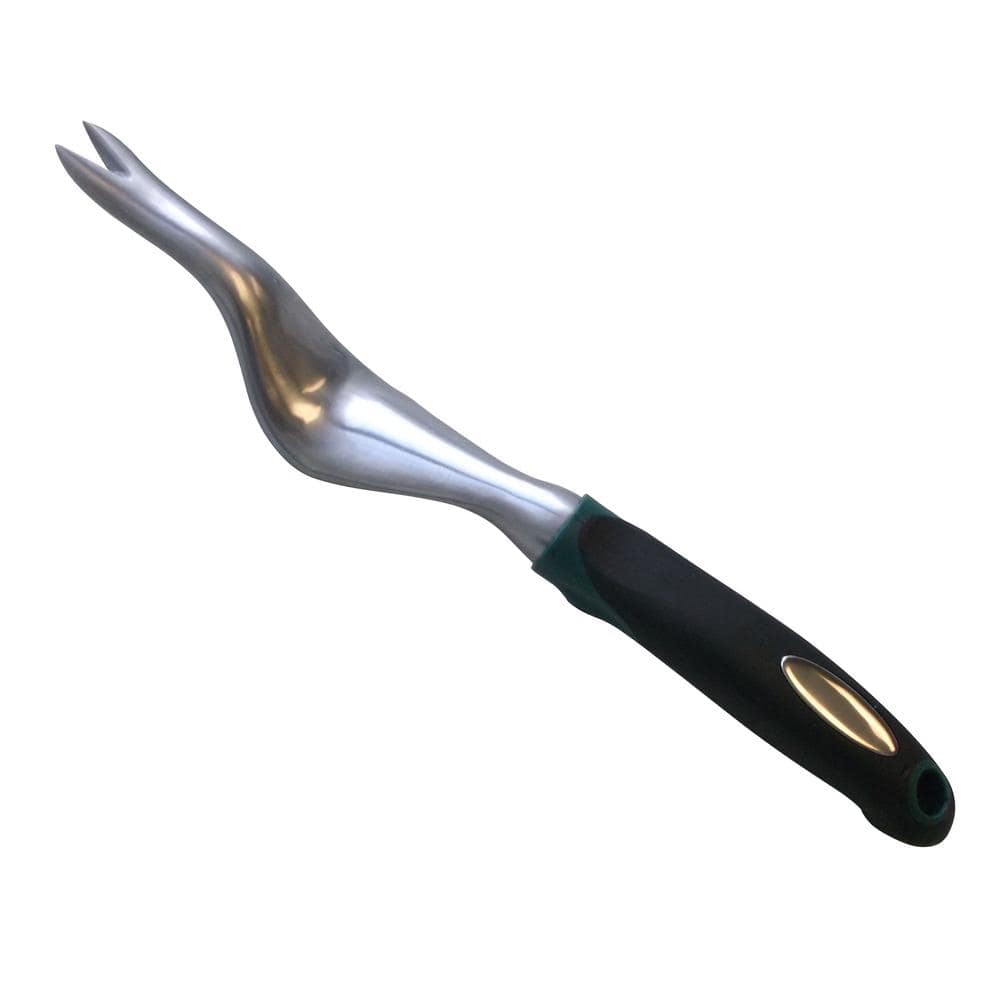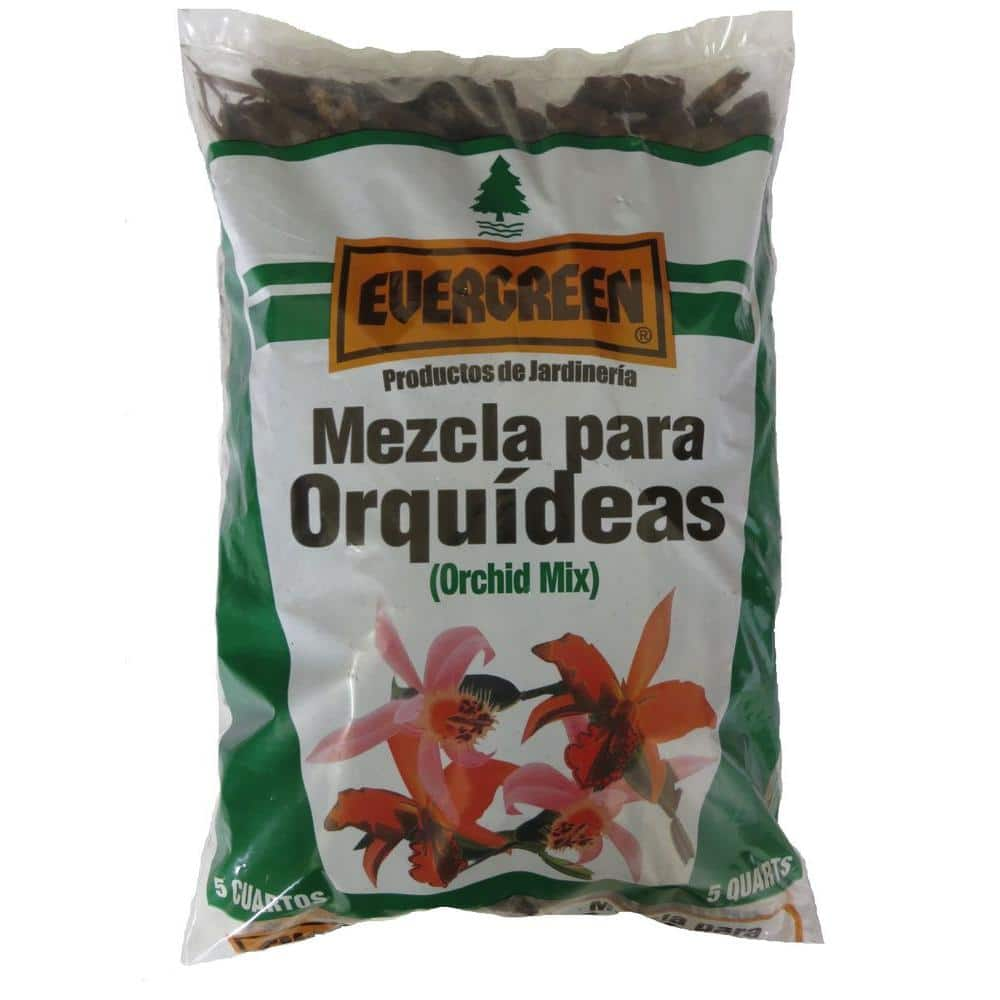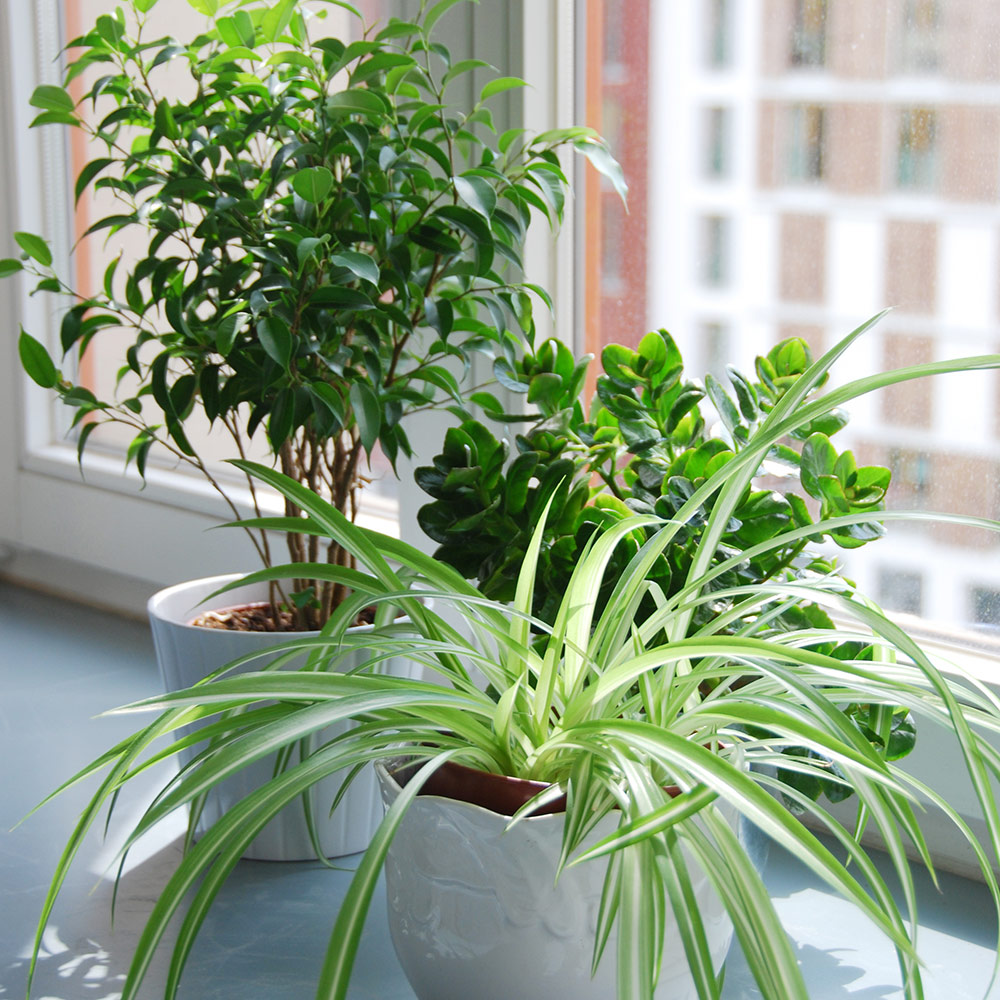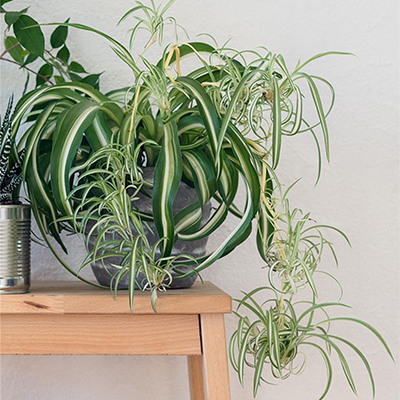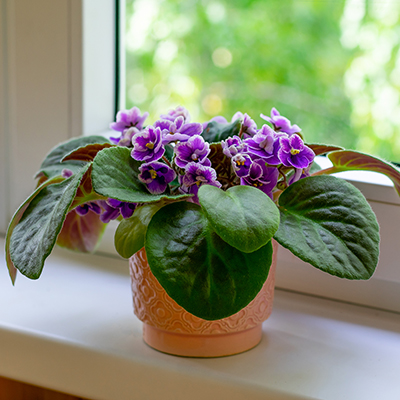How to Care for Houseplants
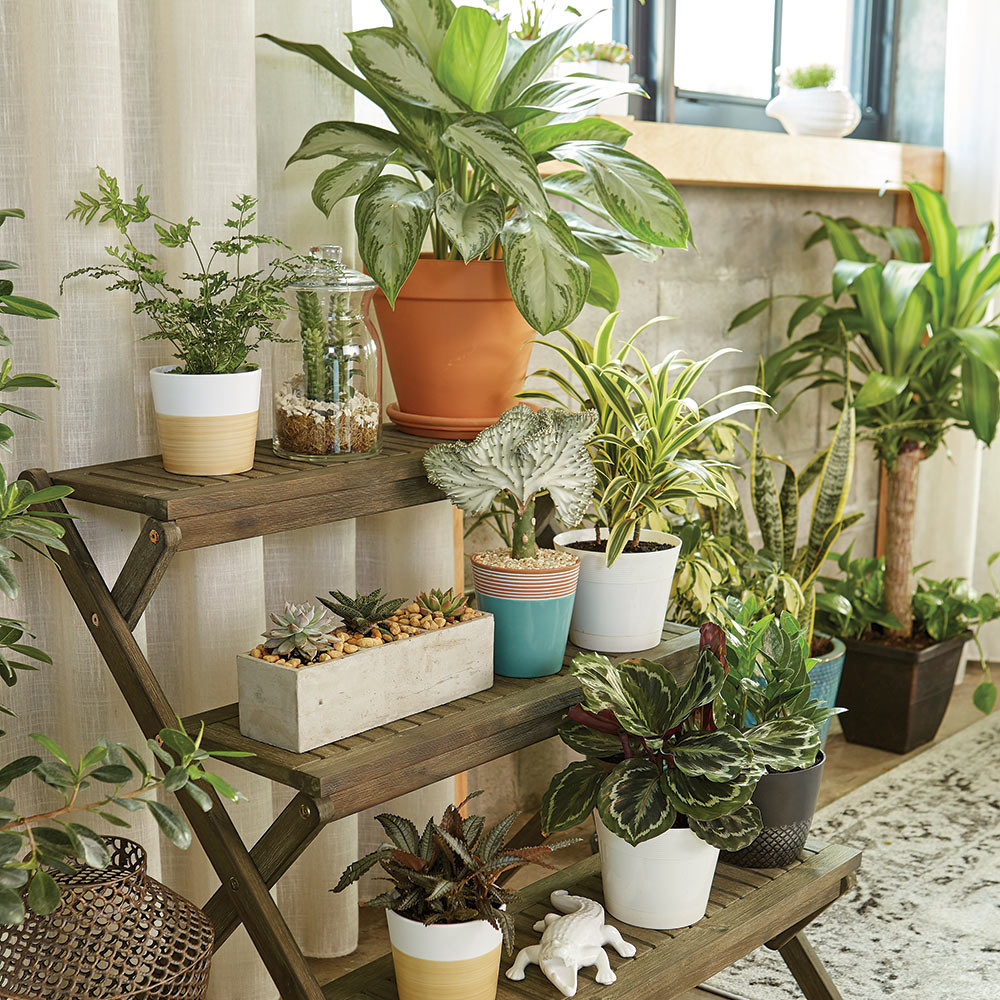
Published February 13, 2024
Adding houseplants is a great way to add freshness and interest to your interior spaces. A little care and attention will keep your new plants healthy and green. Read on to learn the best ways you can help your houseplants thrive.
Table of Contents
When to Water Houseplants
Get the Light Right
Kick Out Unwanted Pest Guests
When to Water Houseplants
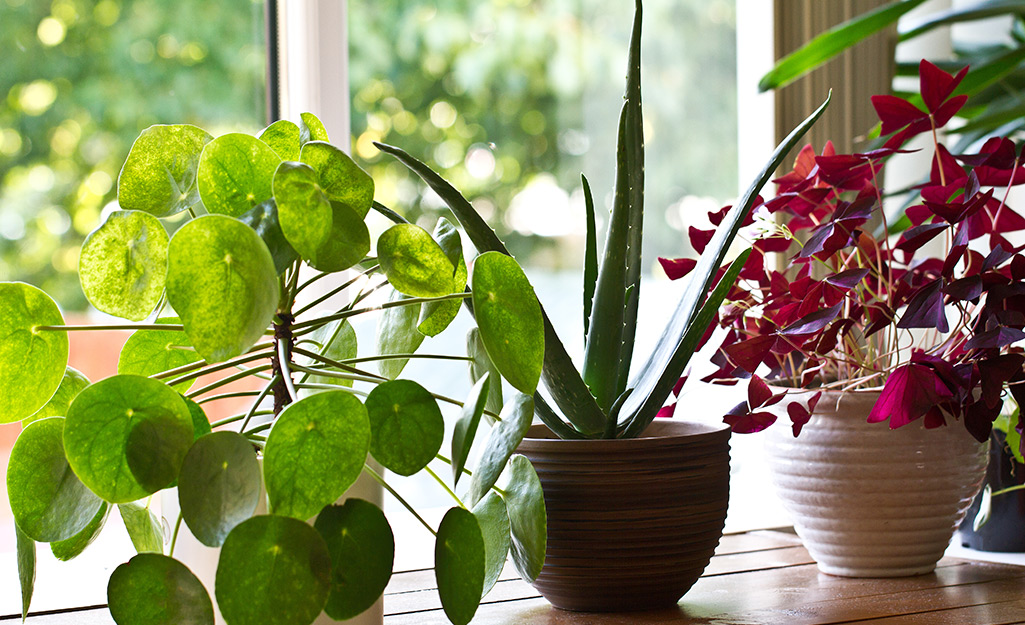
If your houseplant’s leaves begin to turn yellow along the sides, you must resist the urge to add water in the hopes that will fix the problem. This is your plant’s way of telling you to stop watering.
The number one cause for common houseplant problems is overwatering. Only water enough to keep the plant’s soil moist, not wet, when lightly pressed. Check that the pot is draining properly and water when the soil feels dry to the touch.
If the base of your plant’s stem is soft or mushy, you’ve definitely been giving it too much to drink; it may have developed root rot as a result.
Remove the plant from its container and check to see if the roots have black tips with slimy decay. If the damage is not extensive, your plant can still be salvaged. Lightly knock out the soil trapped in the root ball and replant in fresh potting soil that drains well.
Tip: A watering can makes it easy to water houseplant soil and avoid getting leaves wet.
Get the Light Right
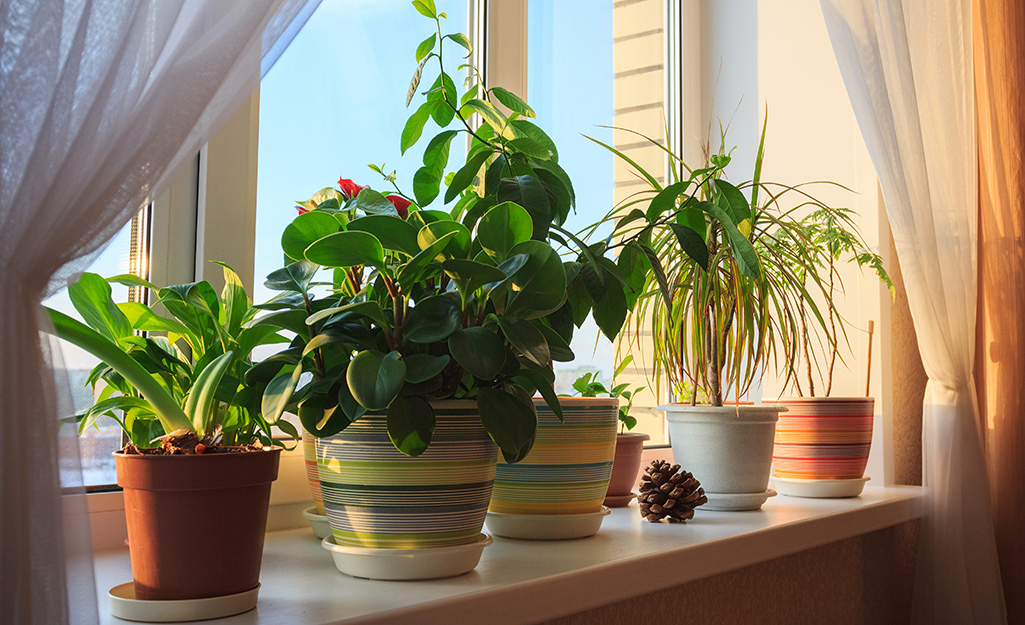
If your plant looks healthy but its growth appears stunted, examine its environment. Houseplants love bright rooms full of indirect sunlight. Your plants will love living in rooms with eastern exposure. Just remember to keep them far enough away from the window so that they won’t feel the cold.
Rotate plants in their containers every few days so they get exposure from all sides and don’t start growing toward the window.
Houseplants enjoy environments that have 50 percent to 70 percent humidity, and with temperatures from 60 to 75 degrees Fahrenheit.
Move your plants away from vents, fans or direct heat sources, and cluster them together. Mist lightly with water every few days to add humidity.
Should your plant have brown leaves even after you’ve addressed all environmental problems, it is likely hungry. Nutrient deficiency is easily treated with a houseplant fertilizer, sometimes called plant food. Follow the label for application instructions.
Kick Out Unwanted Pest Guests
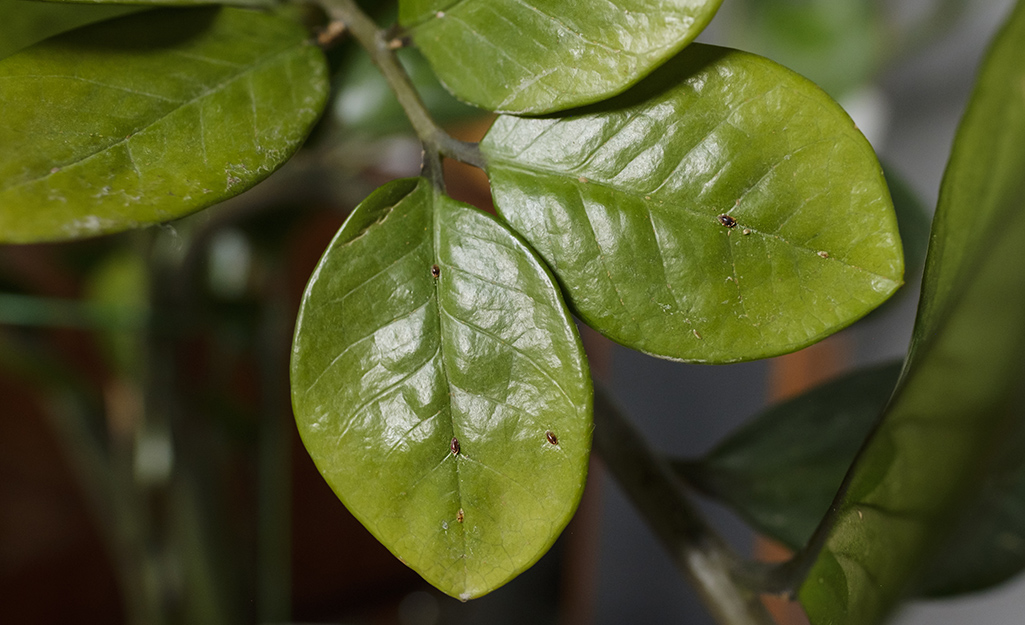
The easiest message to read from your houseplants is when they’re hosting unwelcome guests. You’ll see webbing, white fluffy or brown objects or sometimes sticky substances on their leaves.
Spider mites, mealybugs and scales are extremely common for most houseplants. The good news is they are easy to kick out!
Still feel like your plants speak a different language? Try some of these can’t fail houseplants that require minimal effort.
Make space in your home for houseplants. The right light and nutrients will keep them lush and healthy. Whether you need the right planters, houseplants or potting soil, The Home Depot delivers online orders when and where you need them.



